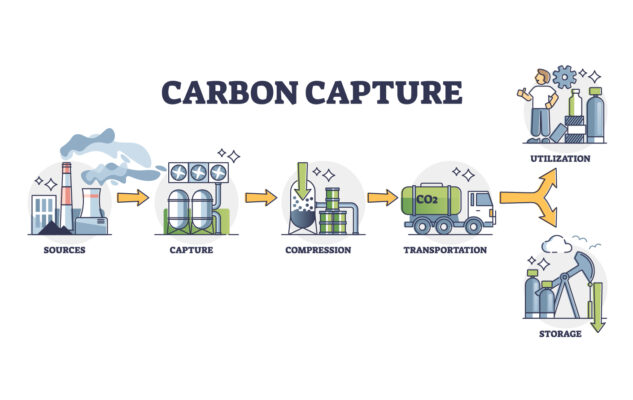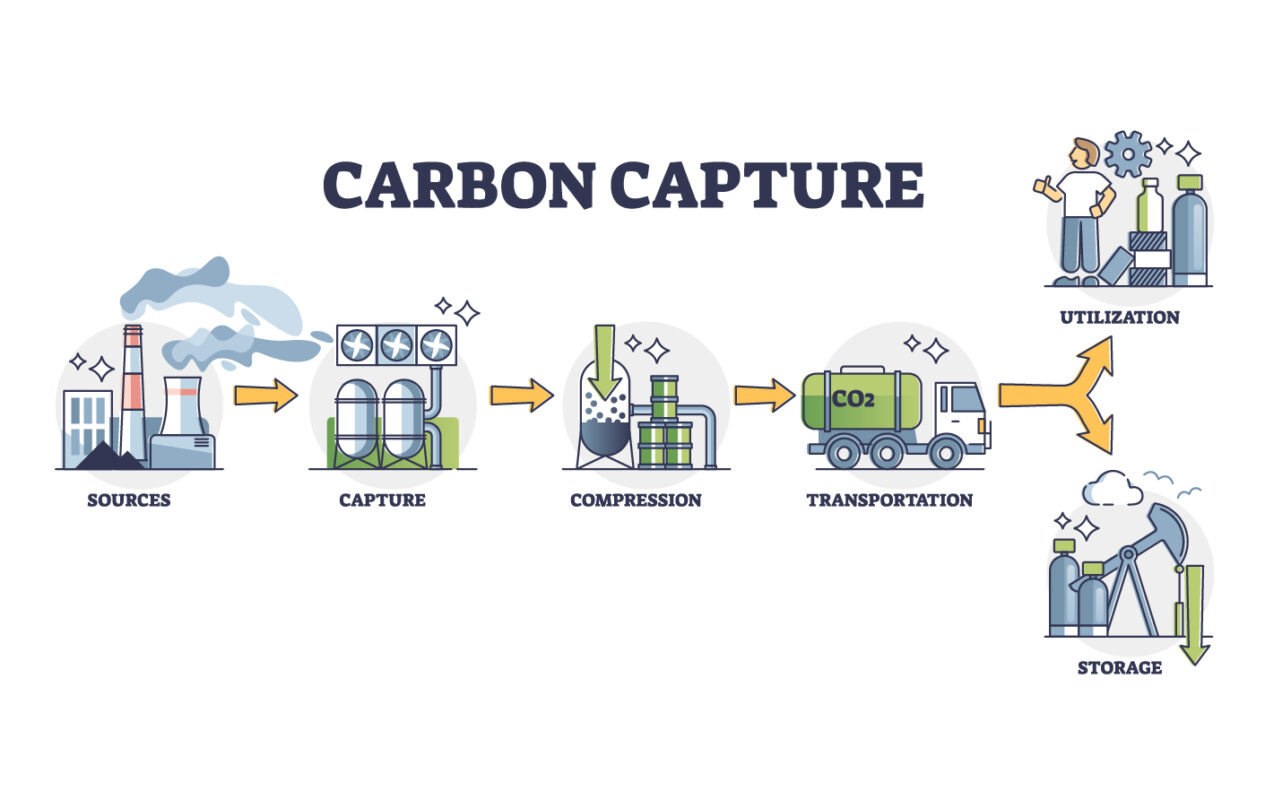Carbon Capture Technology: A Game-Changer in the Fight Against Climate Change
In the face of escalating climate change, carbon capture technology has emerged as a critical solution to reduce greenhouse gas emissions and combat global warming. This innovative technology captures carbon dioxide (CO₂) emissions from industrial processes and power generation before they enter the atmosphere, storing or repurposing them to prevent environmental harm. In this article, we’ll explore how carbon capture works, its benefits, challenges, and its role in achieving a sustainable future.
What is Carbon Capture Technology?
Carbon capture technology, also known as carbon capture and storage (CCS) or carbon capture, utilization, and storage (CCUS), is a process designed to trap CO₂ emissions at their source. These emissions are then transported and stored underground in geological formations or used in industrial applications, such as producing synthetic fuels or enhancing oil recovery.
The process involves three main steps:
- Capture: CO₂ is separated from other gases produced during industrial processes, such as power plants or cement factories.
- Transport: The captured CO₂ is compressed and transported via pipelines or ships to storage sites.
- Storage or Utilization: The CO₂ is either stored deep underground in geological formations or used in various industrial processes.
Types of Carbon Capture Technologies
There are several methods to capture CO₂, each suited to different industries and applications:
- Post-Combustion Capture:
- This method captures CO₂ from flue gases after fossil fuels are burned.
- It’s widely used in power plants and is compatible with existing infrastructure.
- Pre-Combustion Capture:
- CO₂ is removed before combustion by converting fossil fuels into a mixture of hydrogen and CO₂.
- Commonly used in gasification processes.
- Oxy-Fuel Combustion:
- Fossil fuels are burned in pure oxygen instead of air, producing a flue gas that is primarily CO₂ and water vapor, making capture easier.
- Direct Air Capture (DAC):
- This cutting-edge technology captures CO₂ directly from the atmosphere, offering a way to address emissions from dispersed sources like transportation.
Benefits of Carbon Capture Technology
Carbon capture technology offers numerous environmental and economic benefits:
- Reduces Greenhouse Gas Emissions:
- By capturing CO₂ before it enters the atmosphere, CCS significantly reduces emissions from industrial processes and power generation.
- Supports Climate Goals:
- CCS is essential for achieving net-zero emissions by 2050, as outlined in the Paris Agreement.
- Enables Cleaner Energy Production:
- It allows for the continued use of fossil fuels while minimizing their environmental impact, serving as a bridge to renewable energy.
- Creates Economic Opportunities:
- The development and deployment of CCS technologies create jobs and stimulate innovation in the clean energy sector.
- Promotes Carbon Utilization:
- Captured CO₂ can be used to produce valuable products, such as synthetic fuels, chemicals, and building materials.
Challenges and Limitations
Despite its potential, carbon capture technology faces several challenges:
- High Costs:
- The initial investment and operational costs of CCS are significant, though they are expected to decrease with technological advancements and scaling.
- Energy Intensive:
- The capture process requires substantial energy, which can reduce the overall efficiency of power plants.
- Infrastructure Requirements:
- Developing pipelines and storage facilities for CO₂ transportation and storage is a major logistical challenge.
- Public Perception:
- Concerns about the safety and long-term viability of CO₂ storage can hinder public acceptance and policy support.

The Future of Carbon Capture Technology
The future of carbon capture technology looks promising, with ongoing research and development aimed at improving efficiency and reducing costs. Governments and private sectors worldwide are investing heavily in CCS projects to accelerate its deployment.
- Policy Support:
- Governments are introducing incentives, such as tax credits and grants, to encourage CCS adoption. For example, the U.S. 45Q tax credit provides financial incentives for carbon capture projects.
- Technological Innovations:
- Advances in materials science, such as more efficient solvents and membranes, are making carbon capture more cost-effective and scalable.
- Global Collaboration:
- International partnerships, like the Carbon Sequestration Leadership Forum (CSLF), are fostering knowledge sharing and collaboration to advance CCS technologies.
- Integration with Renewable Energy:
- Combining CCS with renewable energy sources can create hybrid systems that further reduce emissions and enhance energy security.
Carbon capture technology is a vital tool in the global effort to mitigate climate change and transition to a low-carbon economy. While challenges remain, the potential benefits of CCS—from reducing emissions to creating economic opportunities—make it a cornerstone of sustainable development. By investing in research, infrastructure, and policy support, we can unlock the full potential of carbon capture technology and pave the way for a cleaner, greener future.
Whether you’re an industry professional, policymaker, or environmentally conscious individual, understanding carbon capture technology is essential for staying informed about the latest advancements in climate solutions. Together, we can harness this innovative technology to protect our planet for generations to come.

